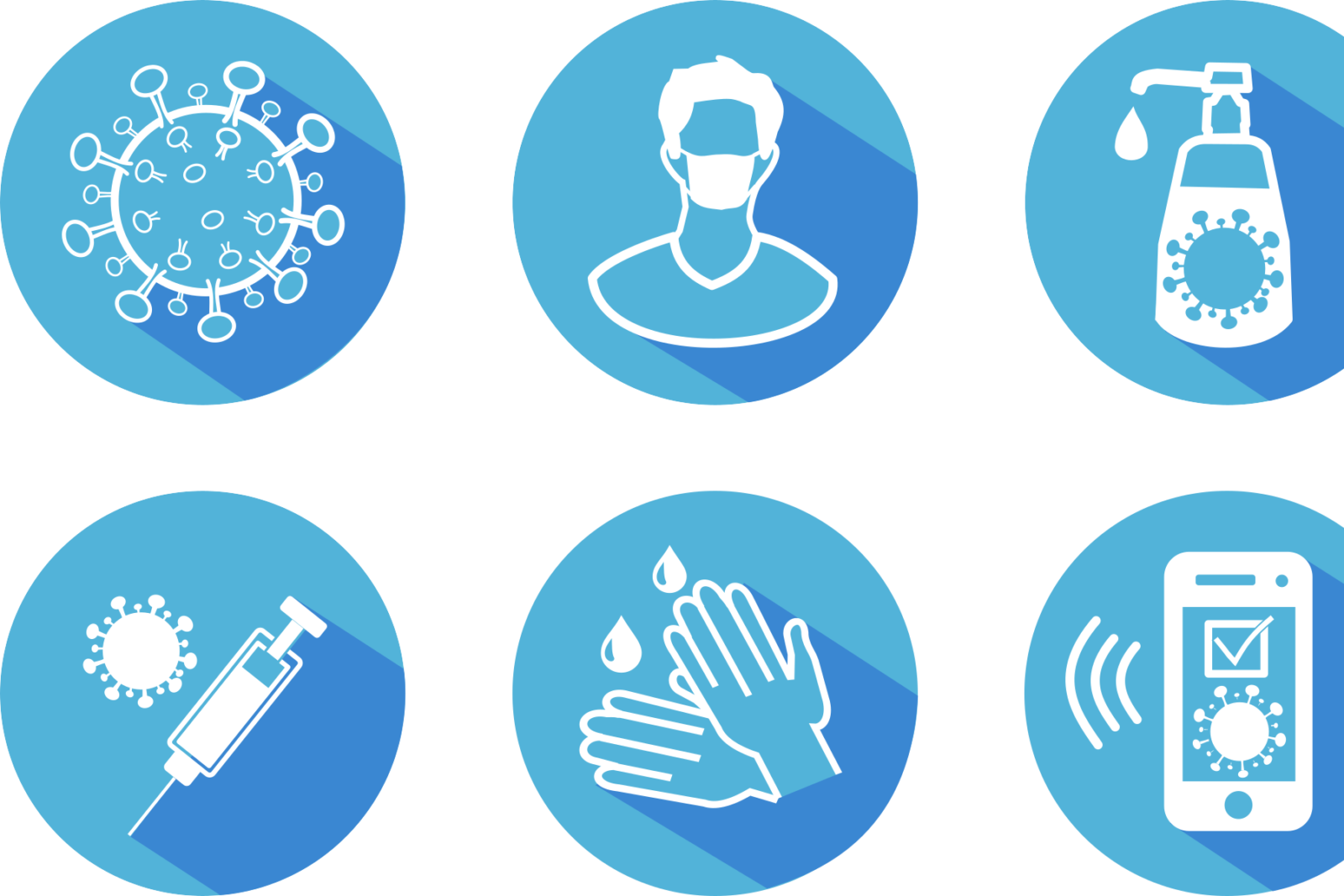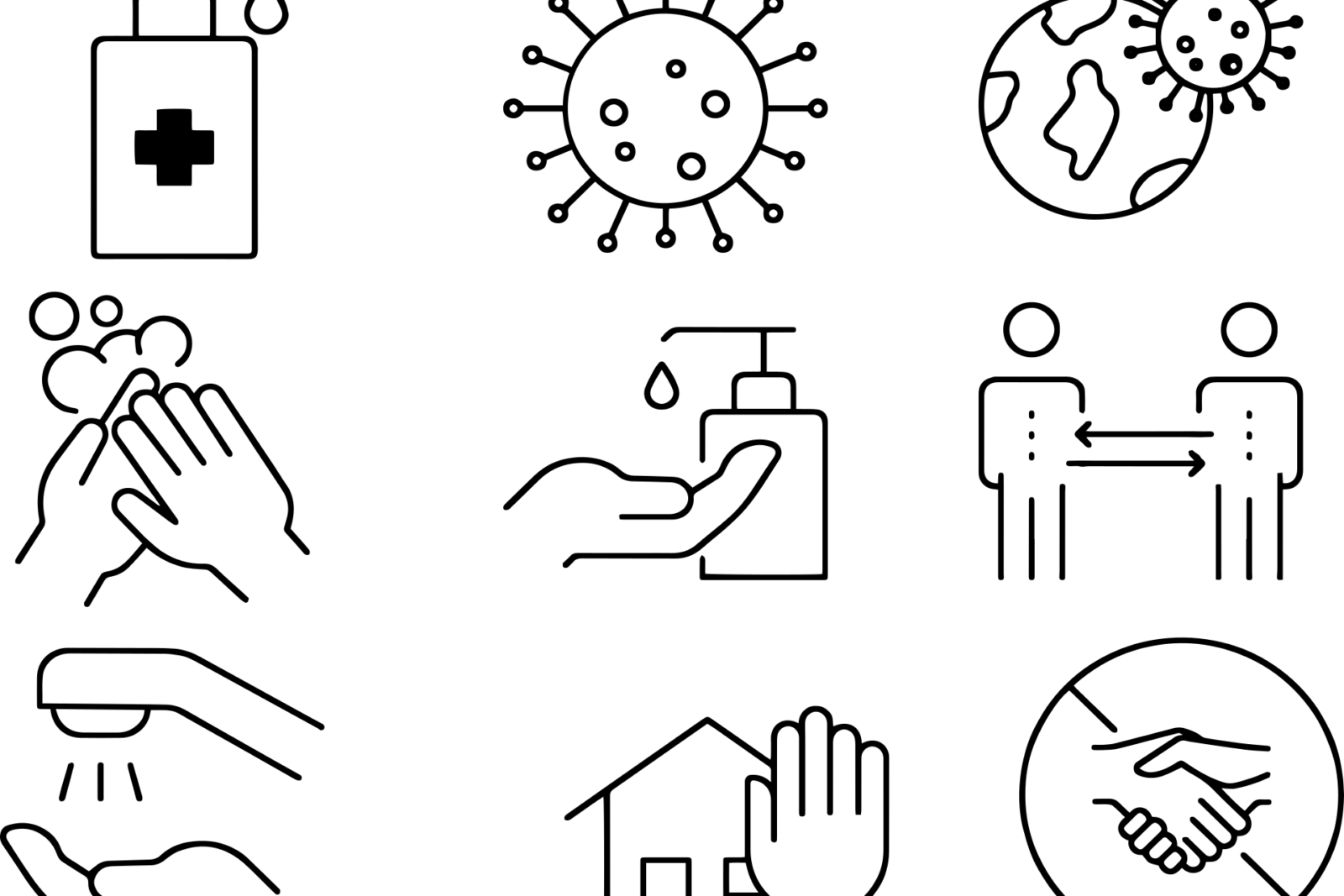In March 2021, the third pandemic digital and hybrid semester began. After more than a year, we can say that distance teaching and learning is demanding but basically doable. But do we achieve the same quality with it? The answer to this question is simply “no”: intellectual exchange and creativity cannot do without real presence and human proximity in the long run, because we lack the energy of the other people who are in the same room. Discussing what we have heard in the lecture face-to-face with fellow students or comparing solutions in “Math 1” examples are just as much a part of everyday university life as discourse with teachers and research colleagues, celebrating successes together on campus or processing setbacks together. For first-year and second-semester students in particular, these are sustainable developmental steps and learning effects that shape the further course of their studies. Within the framework of their autonomy, the universities implemented an extensive switch from face-to-face to distance learning on the basis of their safety concepts, thus also taking into account the recommendation of the Federal Ministry of Education, Science and Research (BMBWF): “Thinning out social contacts at universities, but not stopping operations”. In this regard, Federal Minister Heinz Faßmann had informed the rectorates at the beginning of November: “Due to the professional handling of the universities in spring and in the last months, the legally responsible persons have exempted the universities … from the scope of the above-mentioned regulation this time as well.” However, the letter said, “the government leadership has rightly made the political claim that universities and colleges should switch to distance learning.” As a reason for the move, the BMBWF cited the sharp rise in infection rates in the 20 to 30 age groups – i.e. the majority of students. In addition to the extensive switch to distance learning and – where possible – to digital examination mode, general university and research operations continued, and the libraries also remained open for borrowing. The measures taken seemed acceptable in view of the tightening in other areas of public life. The TU Wien not only used the summer to offer its students as many opportunities as possible to catch up on courses and exams that had been cancelled or postponed during the first lockdown. It also prepared well for the autumn and winter semester in terms of content and organisation. This included not only security concepts for various scenarios up to a renewed lockdown, but also the expansion of the infrastructure, consolidation of the software offered and further training courses on digital teaching and examination. All this in order to be able to offer students appropriate framework conditions.
Overcoming distances
Of course, the TU Wien must base the implementation of its security concepts on data, figures and evidence and evaluate them regularly. Unfortunately, the view of the infection situation has always been sobering and the incidence in the student age group was particularly high in the first quarter of 2021. At the same time, it can be observed that for all university members, but especially for students, the psychological burden is greater and the emotional pressure is higher. TUW is actively countering this by expanding the psychosocial counselling services for students. Overcoming distances is the central challenge for staff, managers and students. And this is by no means just about distance learning, home offices, digital meetings and online town halls. Spatial distance is only one aspect. Emotional, social and argumentative distances are also stumbling blocks in this crisis. Overcoming these is of course the responsibility of the university leadership, but at the same time it is one of the biggest challenges we currently face. In recent months, digital transformation has become digital reality. We all learned to use tools whose names we didn’t even know a year ago. Key processes were changed at the push of a button and the load limits of our infrastructure became visible. But TUW members have overcome this and what could be more natural than to take this very momentum that digitisation brought with it into the future? Digital formats will find their way into our university life in the long term, but they will not be able to completely replace face-to-face learning and teaching and creative exchange with physical presence. This makes it all the more important – with all due caution – to enable TUW members to return to campus.



